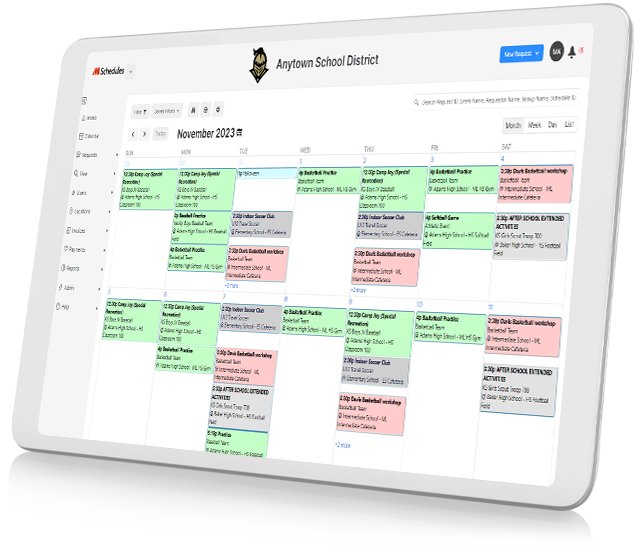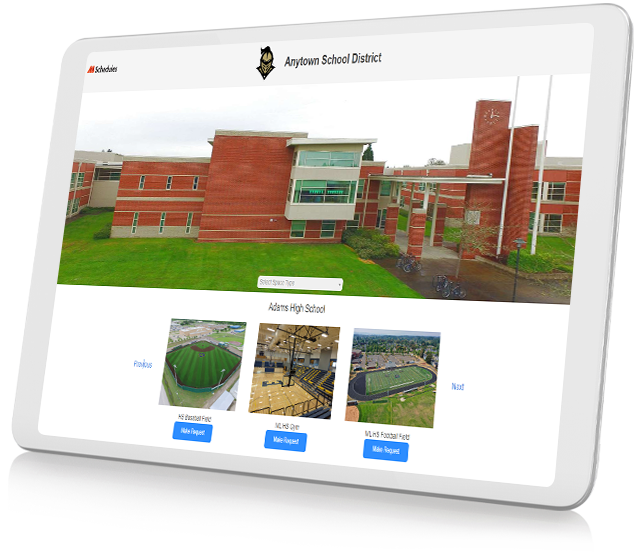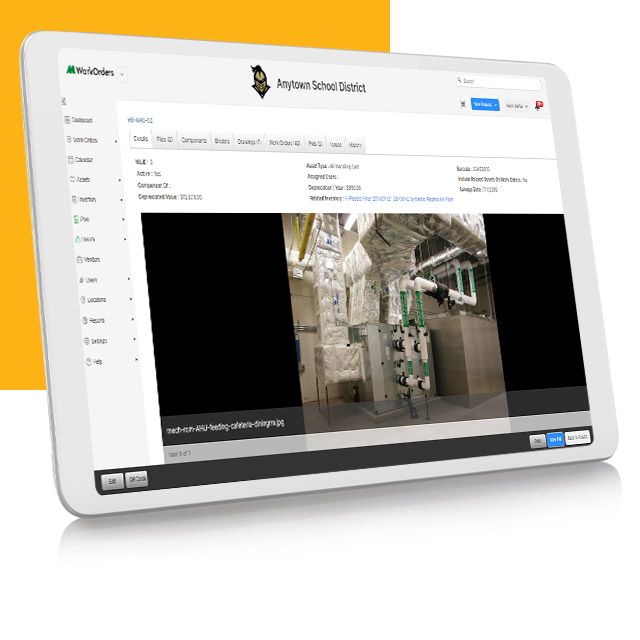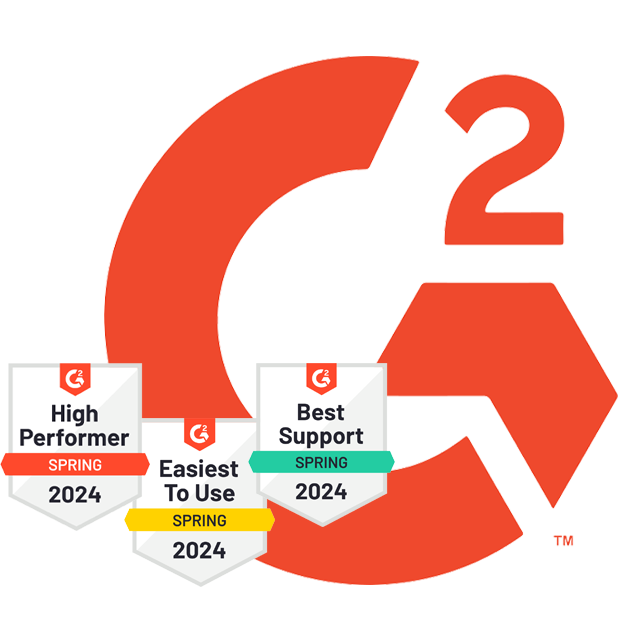Improve Communication with Key Stakeholders
Keep all departments on the same page with shared information within and across platforms. Automated notifications can be set to notify anyone in the organization or community that needs to be informed. No surprises. No complications.
Save Time with Intuitive Processes
Dramatically reduce request processing times, time spent searching for assets, manual notification of stakeholders, and data migration from platform to platform. Enjoy more time for you to focus on other parts of your job.
Reduce Expenses and Recoup Costs Quicker
Not only is our software an up-front savings compared to the alternatives, but our system is built to reduce expenses, long-term. The software requires less labor, allows for better planning of asset life expectancy, and can handle invoicing for a much faster return on payments.
Centralized Data and Share Effectively
Our tools compile data and allow for easy manipulation to analyze anything you can think of. Data is pulled across tools making it simple to plan and manage projects accordingly. Our data visualization tools with customizable dashboards make sharing reports with stakeholders easier than ever before.
















